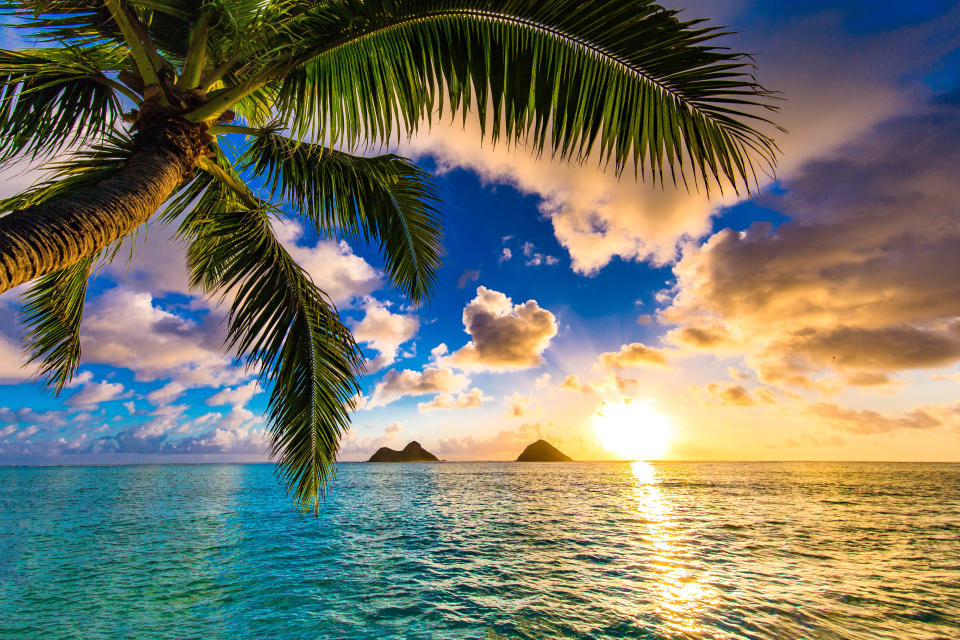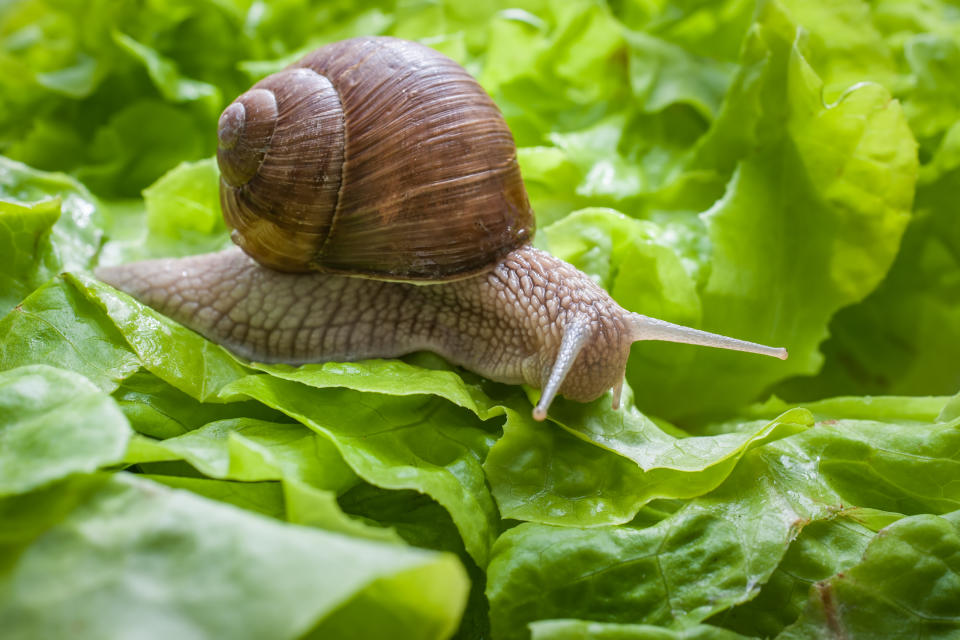What The Health?! Multiple Hawaii tourists infected by rare parasite: What is rat lungworm disease?
Can leftover spaghetti really kill you? Can you actually cough up a blood clot in the shape of your lung? In Yahoo Lifestyle Canada‘s newest series, What The Health?!, we ask doctors to weigh in on odd health news stories and set the record straight. Be sure to check back every Friday for the latest.

Hawaii is known as a tropical paradise, but these days it’s making headlines due to a rare parasite that’s making people sick.
Five cases of rat lungworm disease in visitors to the state have been confirmed so far this year by the Centers for Disease Control and Prevention (CDC). Most recently in May, three unrelated cases were disclosed by the Hawai’i Department of Health.
The illness is caused by a parasitic roundworm called Angiostrongylus cantonensis. According to the Hawai’i Department of Health, the parasite can have debilitating effects on a person’s brain and spinal cord.
ALSO SEE: Oilers' owner's life-threatening illness is a scary reminder of antibiotic resistance
Most people become ill by accidentally ingesting a snail or slug that’s infected with the parasite.
Of the three new cases, all of the people affected are adult residents of the U.S. mainland who were visiting the island of Hawaii when they were infected.

One became infected by intentionally eating a slug on a dare. Another recalls eating many homemade salads during their vacation, while the third, who was hospitalized briefly, likely became infected while “grazing”, or eating unwashed raw fruits, vegetables, and other plants straight from the land.
Symptoms vary from one person to the next. The most common signs include severe headaches and neck stiffness and the most serious cases can involve neurological problems, pain, and long-term disability, coma, and death.
ALSO SEE: Woman's 'dementia' was actually a vitamin deficiency
Human infection principally occurs in Latin America and the Caribbean, according to the CDC.
Hawaii’s warm weather helps the parasite survive; it’s also been found in Southeast Asia, Australia, and some parts of Africa. In North America, there have been reports of the roundworm in Florida and Louisiana. So far, it hasn’t been found in Canada.

The barrier that keeps it from moving North is temperature, says Timothy G. Geary, professor emeritus at McGill University’s Institute of Parasitology and Tier I Canada Research Chair in parasite biotechnology.
A parasitic nematode, the roundworm has a two-host life-cycle.
“Adults normally live in the intestines of rats, which shed eggs into the environment,” says Geary, who’s also a part-time professor at Queen’s University of Belfast. “The larvae develop inside slugs or snails and then develop into adults when that host is ingested by a rat.
ALSO SEE: Man suffers stroke after trying to get rid of knot in his neck
“We have lots of rats, but larvae in snails and slugs don’t make it through the winter; freezing kills them,” he says. “This does not mean that it could never be found here, but not yet, and not likely to become established as long as freezing temperatures are part of our national identity.”
The adults are never found in people, but if someone ingests the larvae, they will migrate—and that’s where things can get especially gross and dangerous.

“In rats, the larvae wind up in the intestines, but in people, the larvae often instead move to the brain, causing meningitis that can be fatal,” Geary says. “This parasite does not want to infect humans; we are accidental or dead-end hosts, and it cannot mate and make eggs in us.”
The parasite can be acquired if someone eats an uncooked infected slug or snail. It’s also possible that the larvae can be acquired by eating uncooked frog, crayfish, or freshwater shrimp that have eaten an infected snail or slug.
ALSO SEE: What you need to know about the deadly death cap mushroom
“Consuming uninfected snails or slugs usually happens by accident; slugs can be quite small and inconspicuous,” Geary explains. “As long as raw animals are not ingested, infection is highly unlikely. Cooking kills the larvae.
“However, infected slugs or snails can also deposit larvae in their mucous, or slime trails, leaving them on fruits or vegetables,” he adds. “It is therefore important to thoroughly wash fruits and vegetables or cook them before consuming them.”
Pay close attention to leafy greens, because tiny slugs or snails can easily get missed.

The Hawai’i Department of Health urges people to inspect all produce and store it in sealed containers, regardless of whether it came from a retailer, farmer’s market, or backyard garden.
It also suggests controlling snail, slug, and rat populations around homes, gardens, and farms by clearing debris where they might live and using traps and baits. And always wear gloves for safety when working outdoors.
ALSO SEE: Were bees really living in a woman's eye? Canadian experts doubtful
Geary notes that parasites in general are common in people who live in regions of poverty and were once common in North America prior to the development of community-wide sanitation infrastructure. They remain major problems of livestock and companion animals even in Canada.
“We are protected to a considerable extent by our climate, as much as we sometimes complain about it, but a real threat of climate change is that parasite ranges will expand to include Canada,” Geary says. “And we are not all that prepared for it.”
Let us know what you think by commenting below and tweeting @YahooStyleCA!Follow us on Twitter andInstagram.



